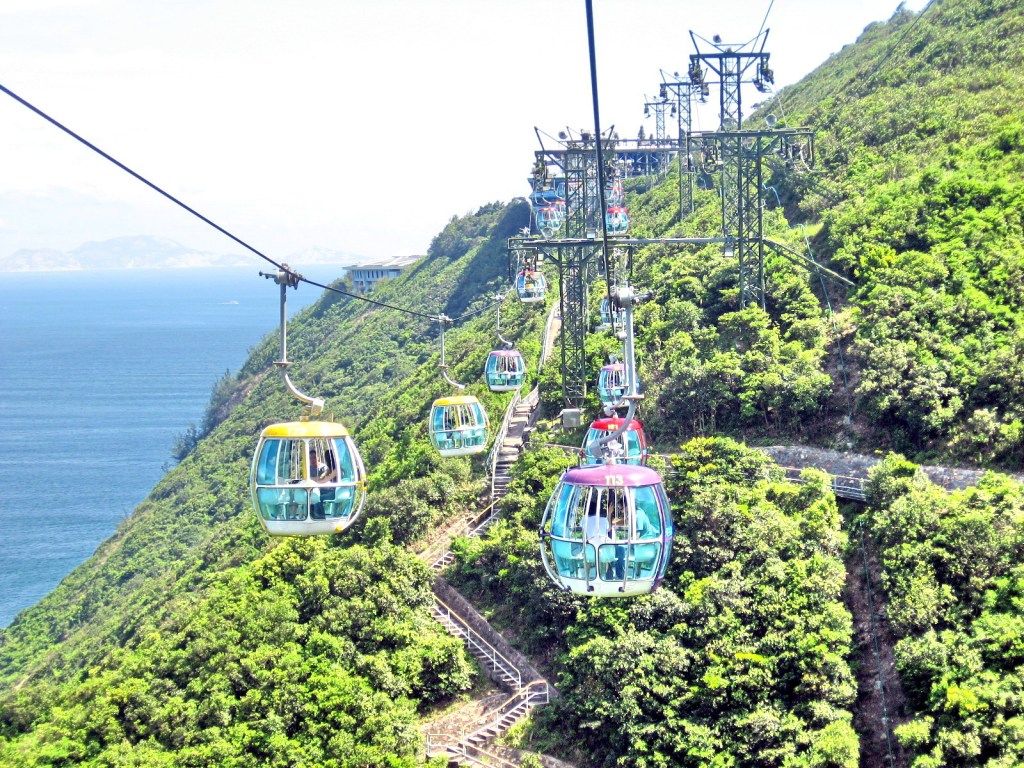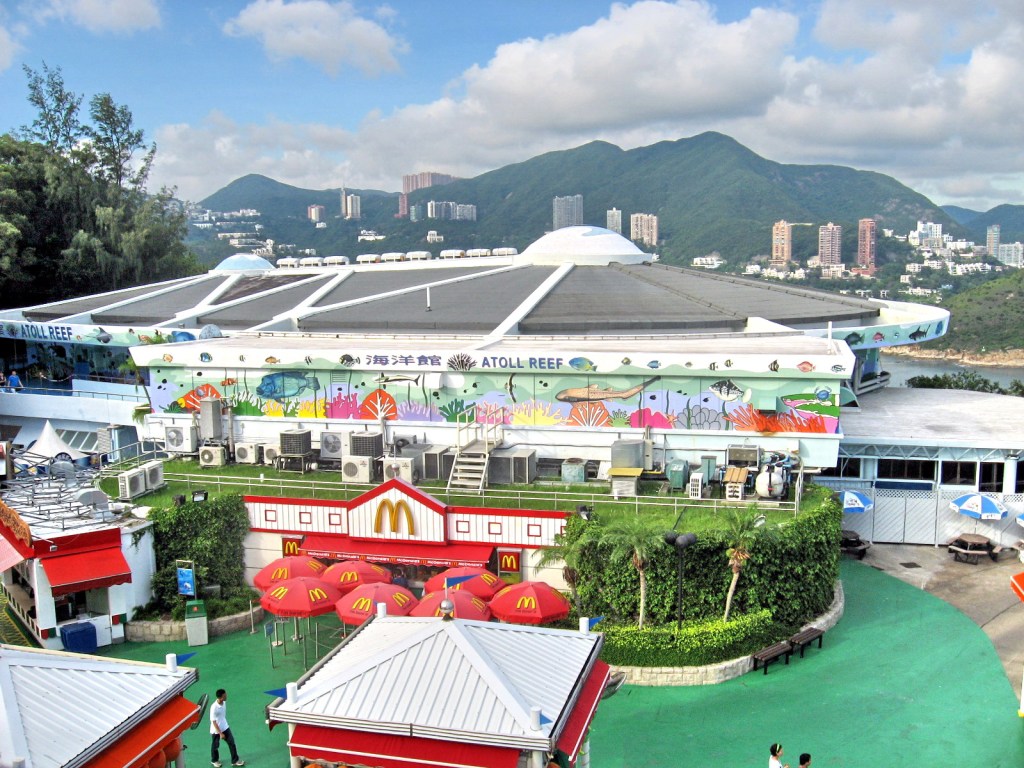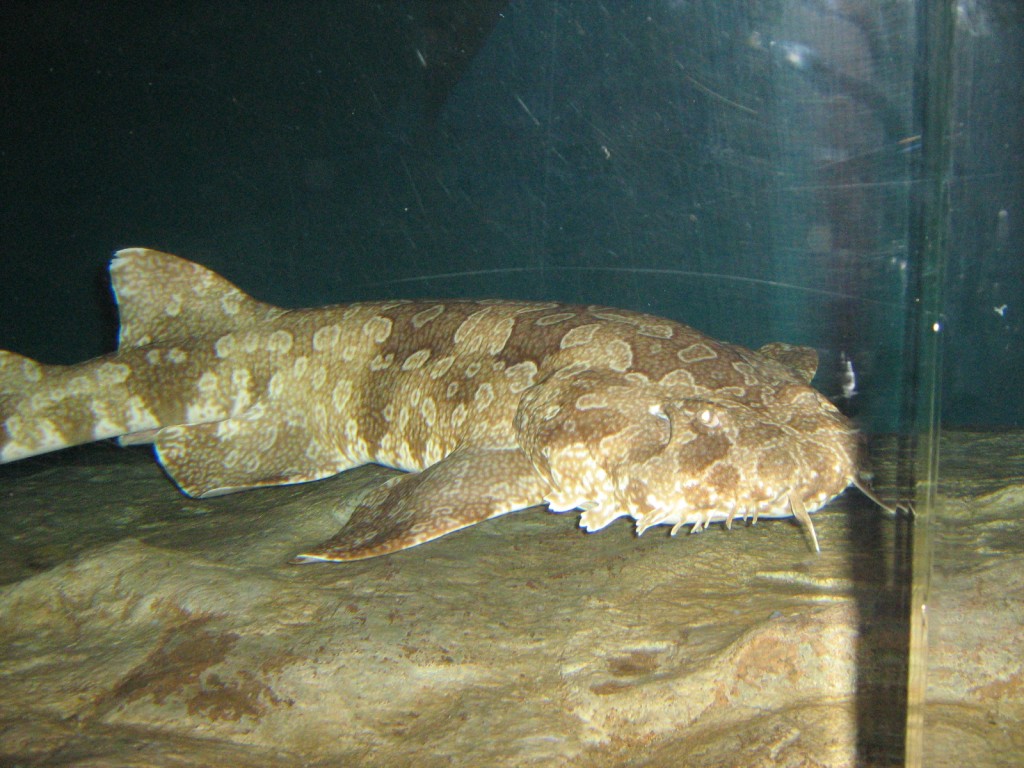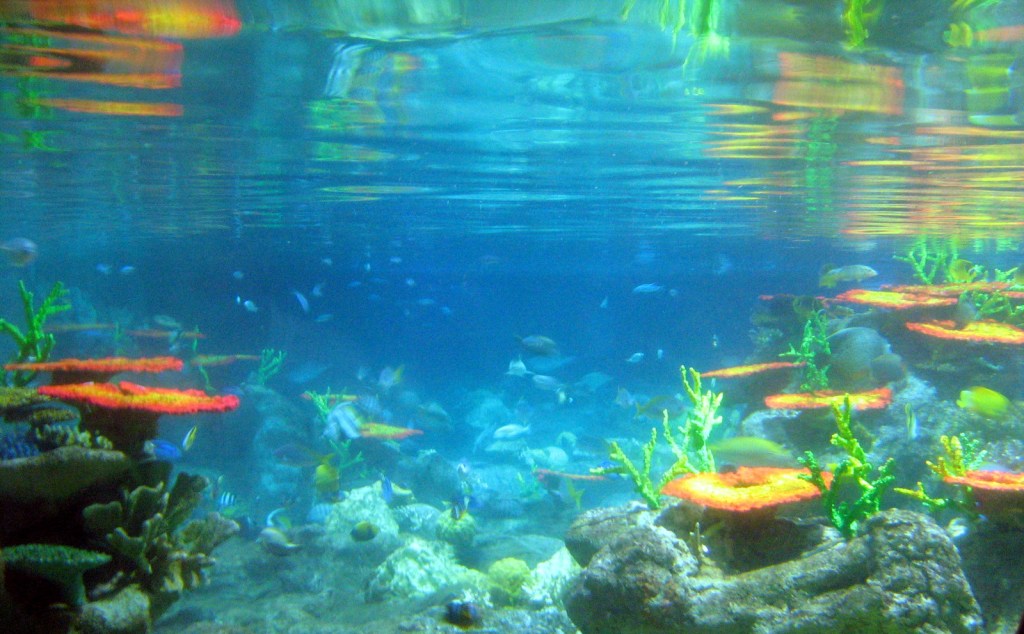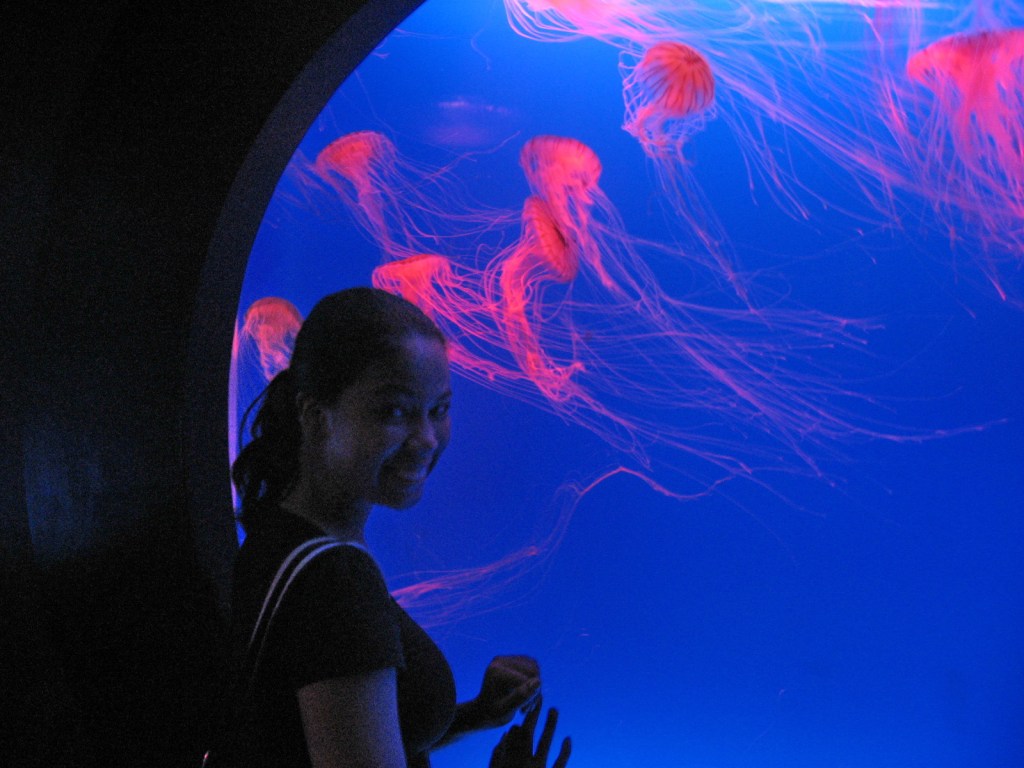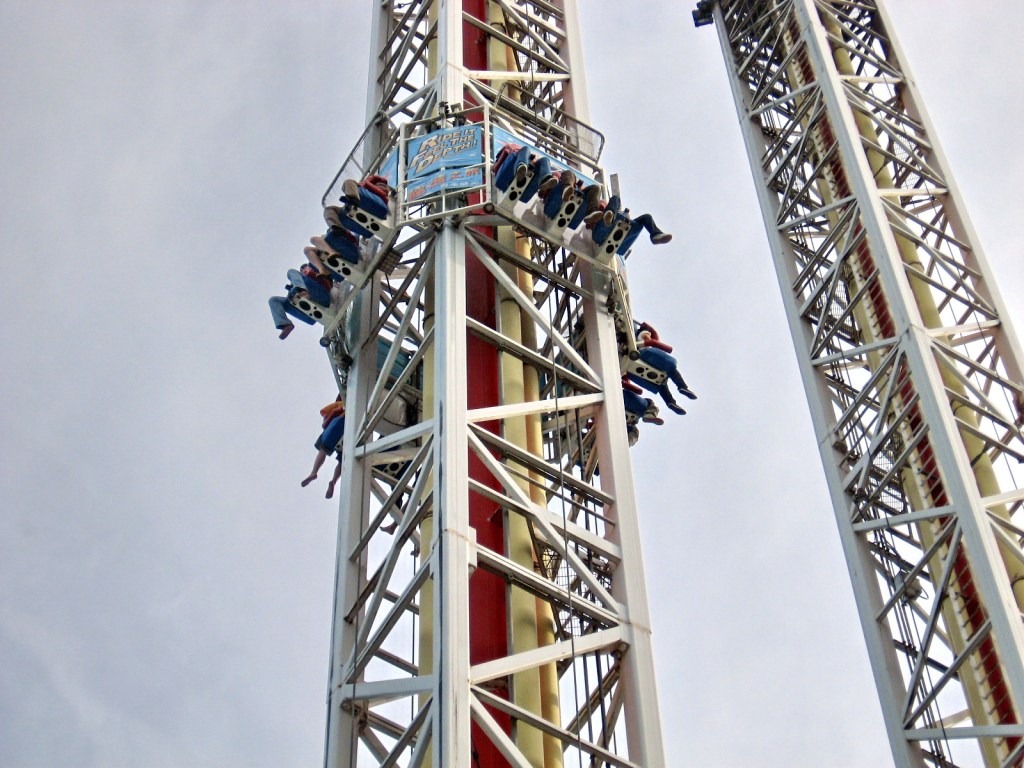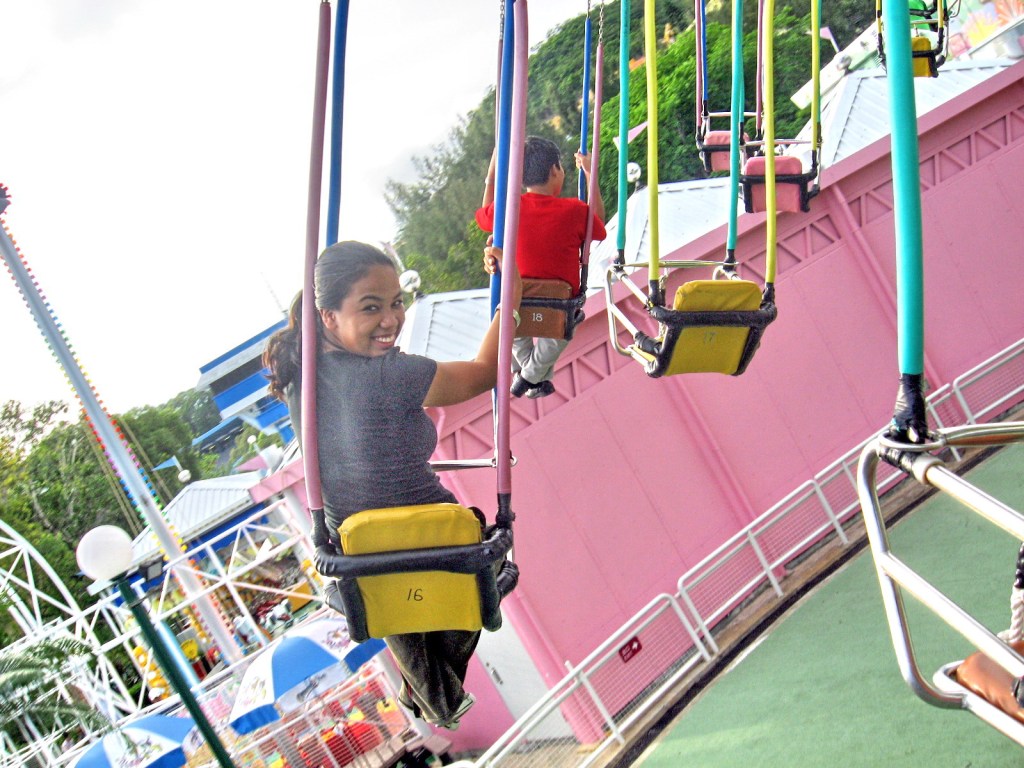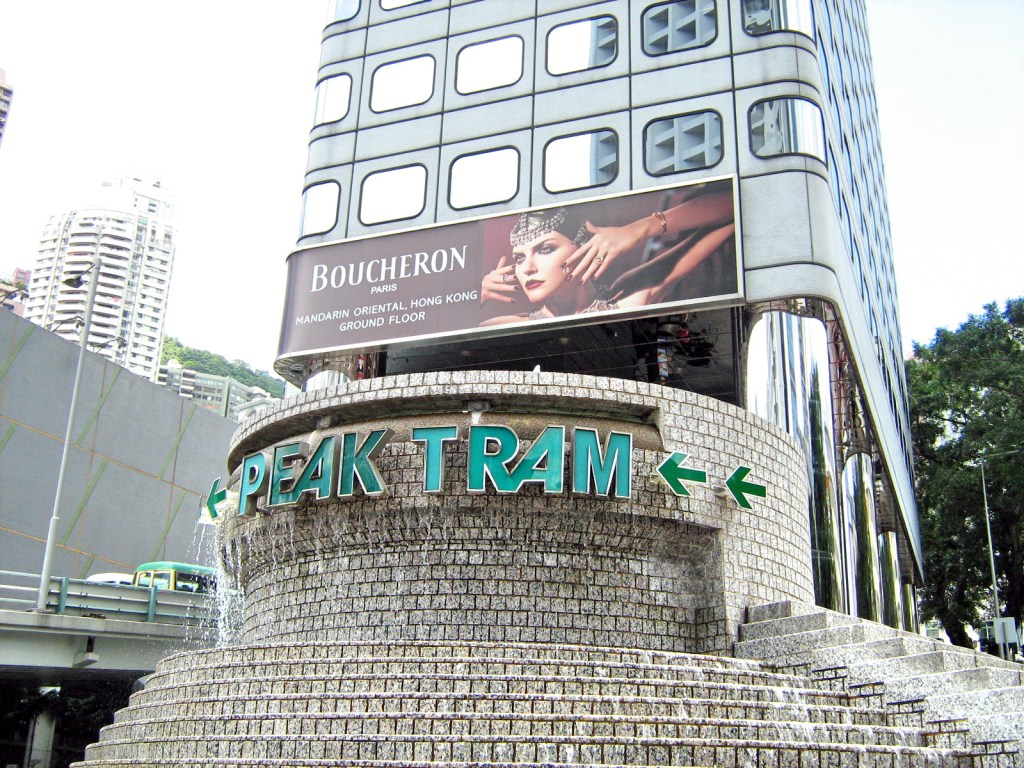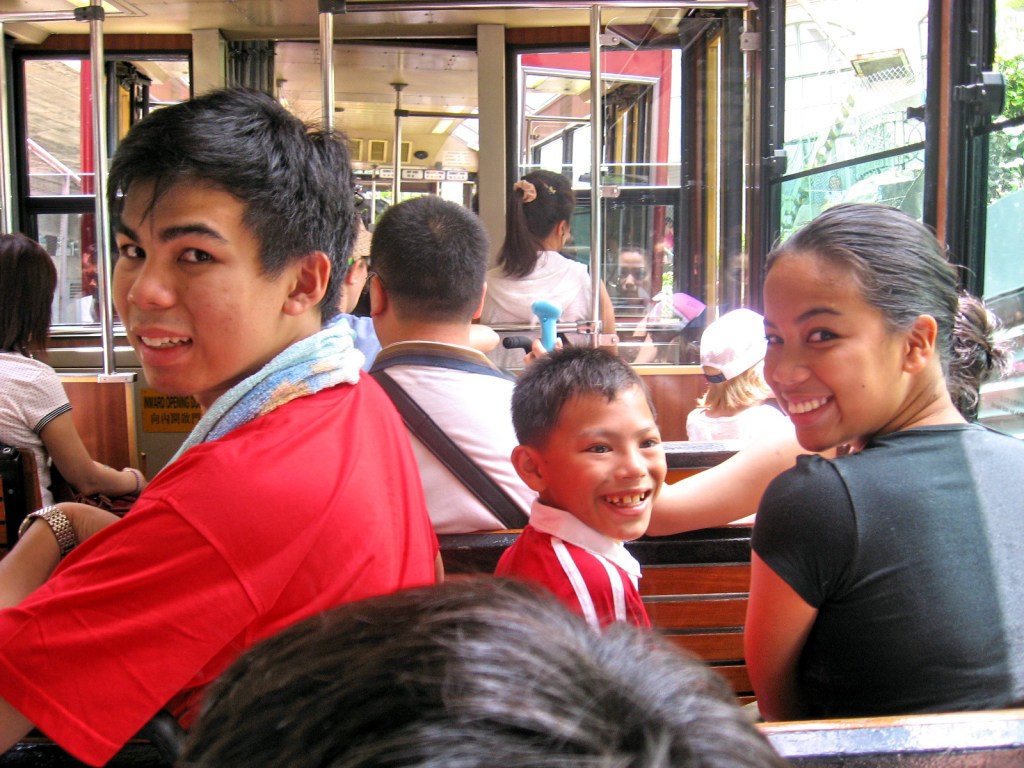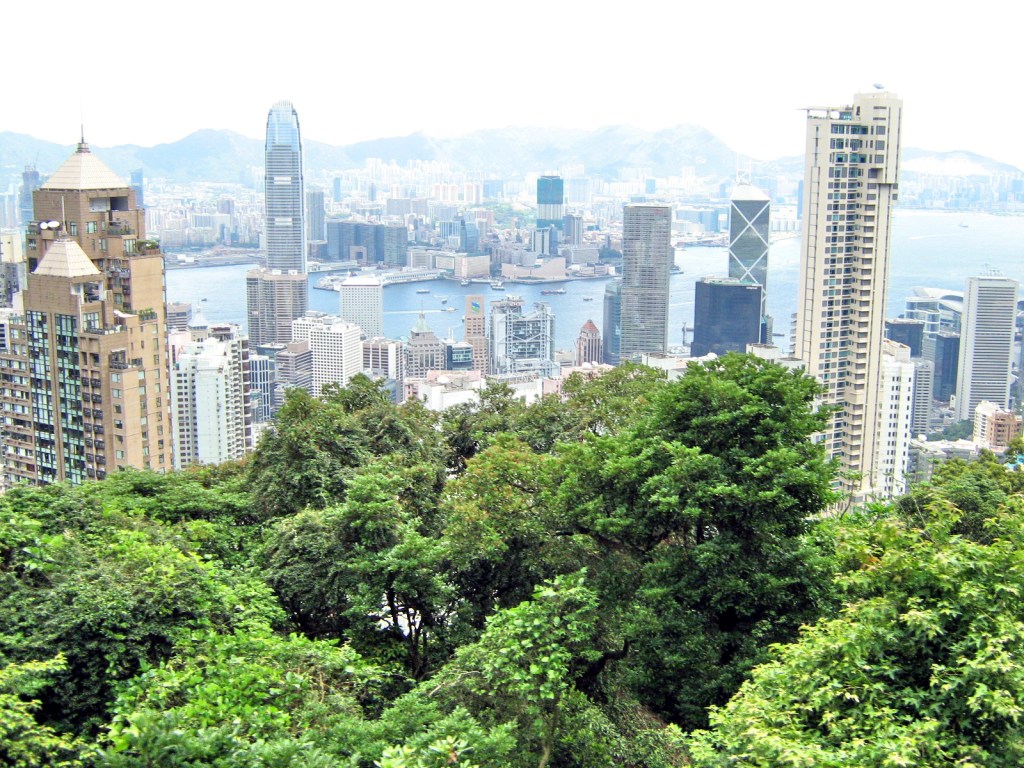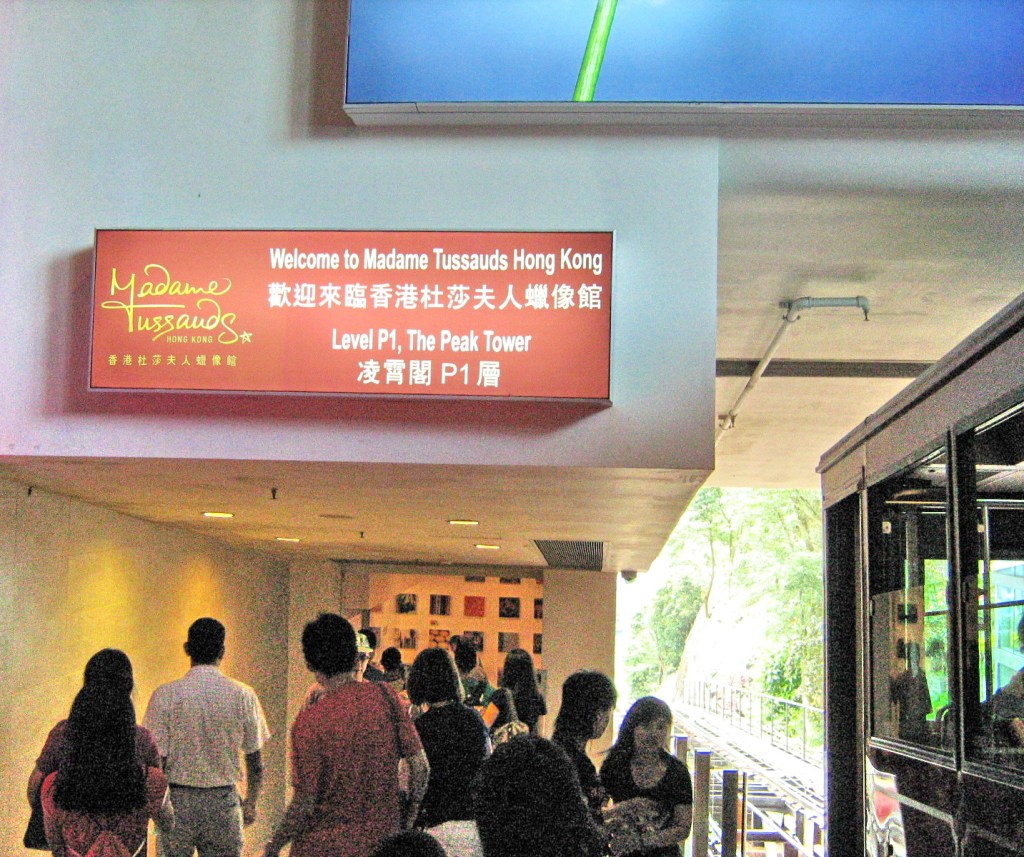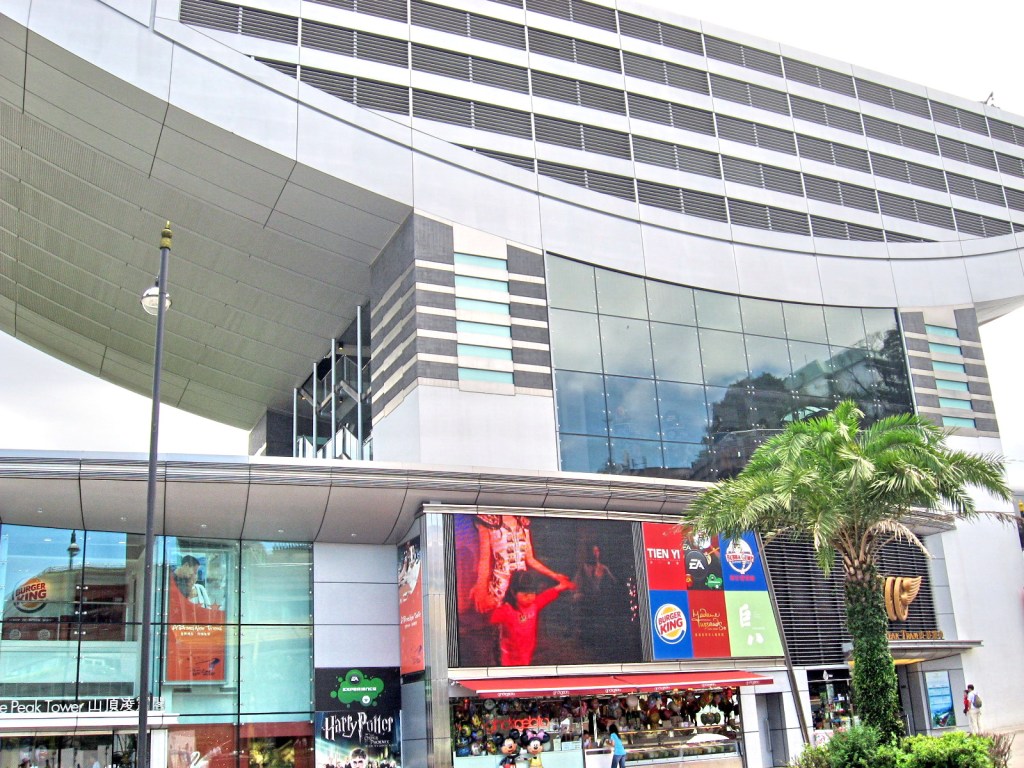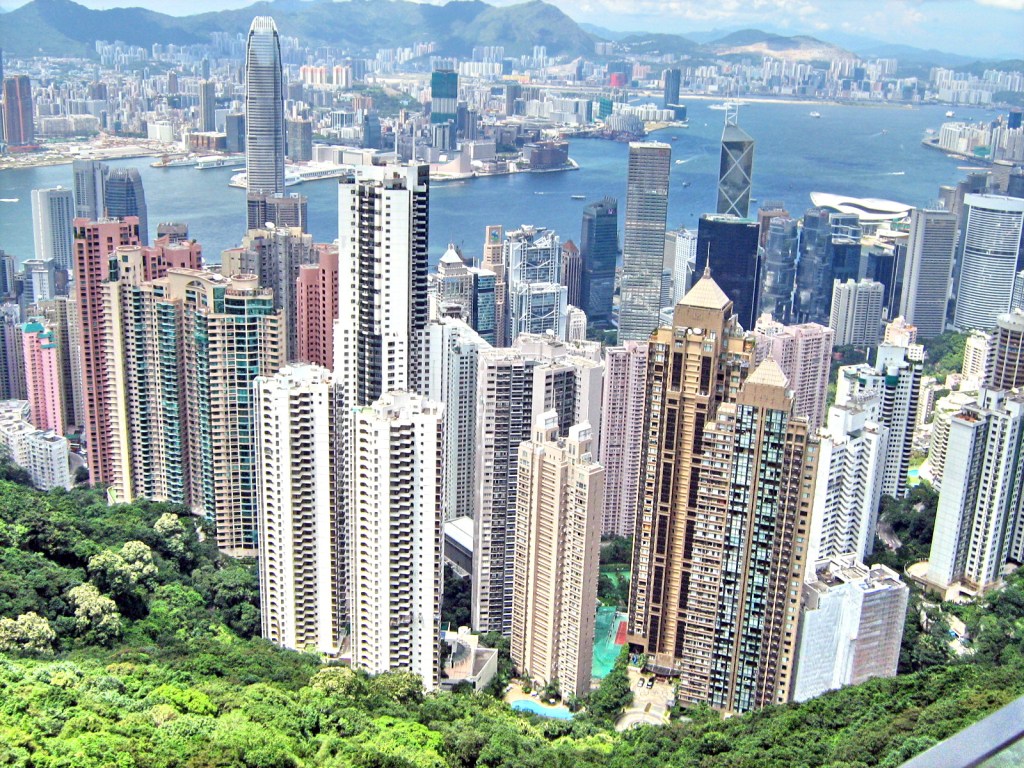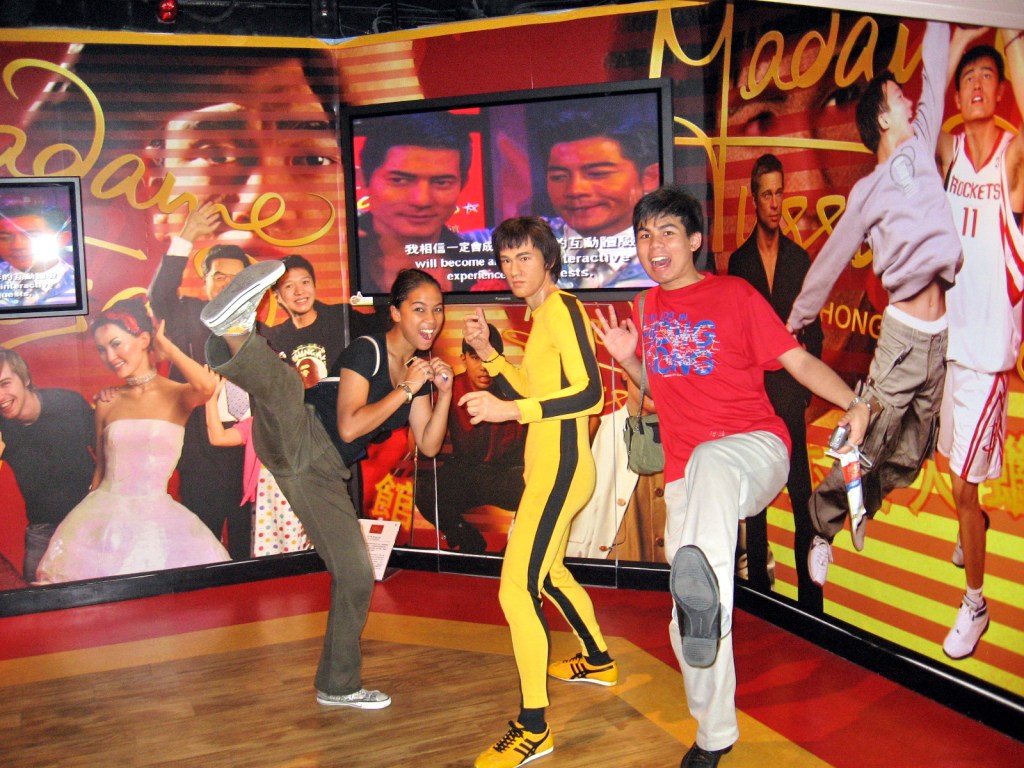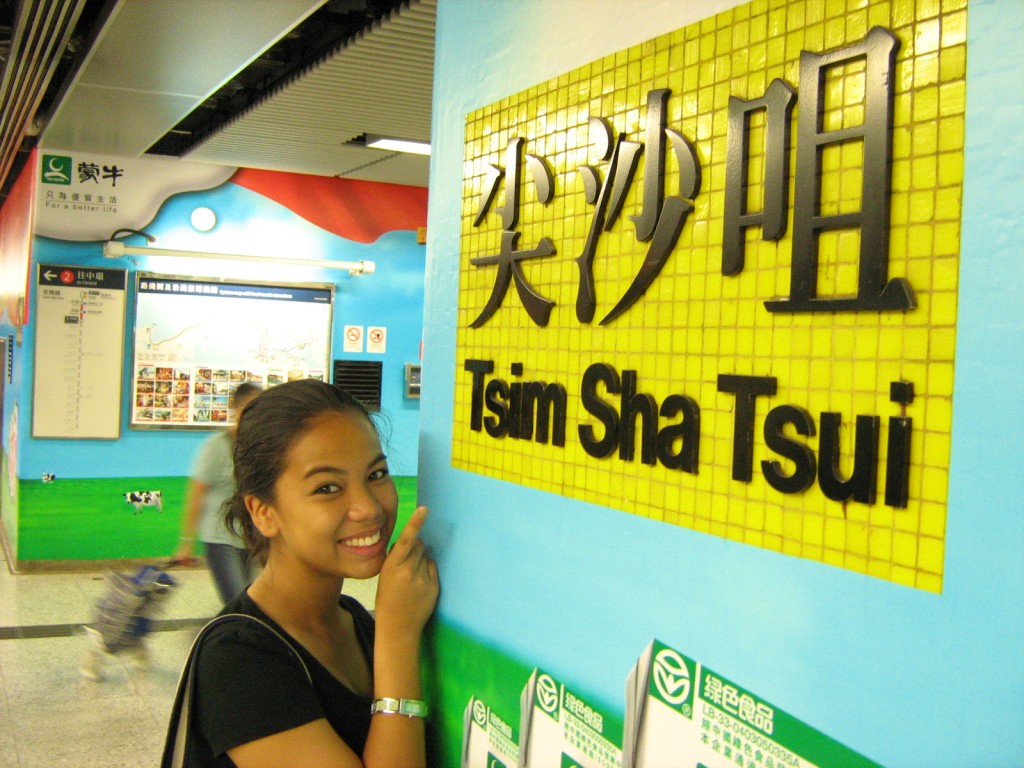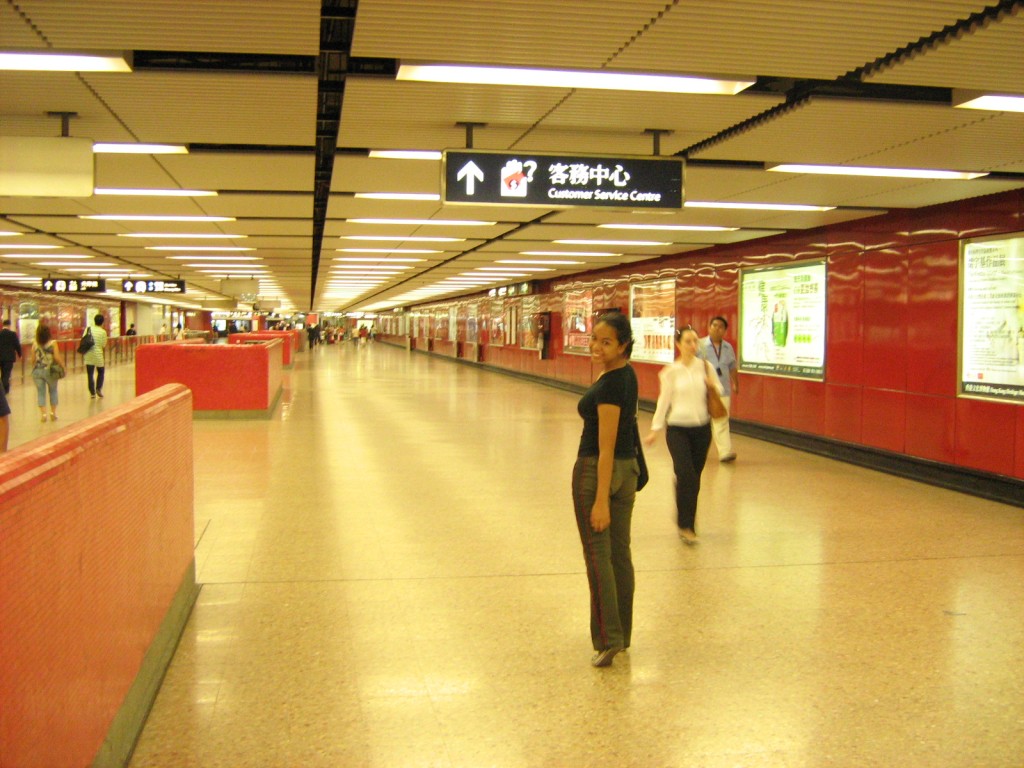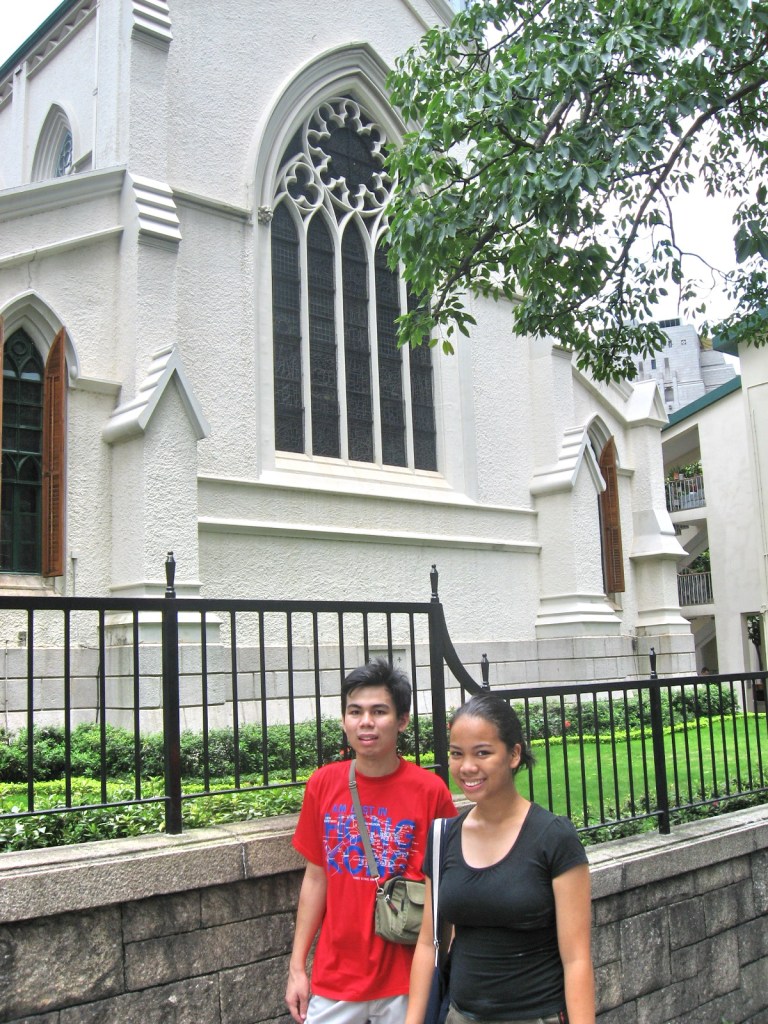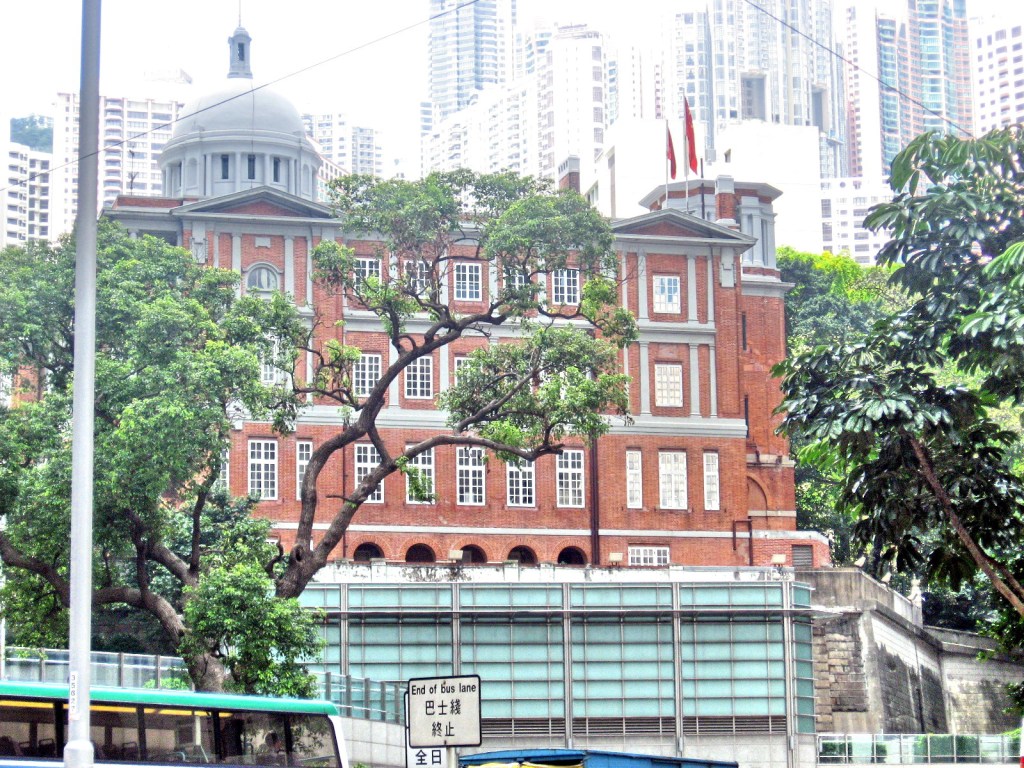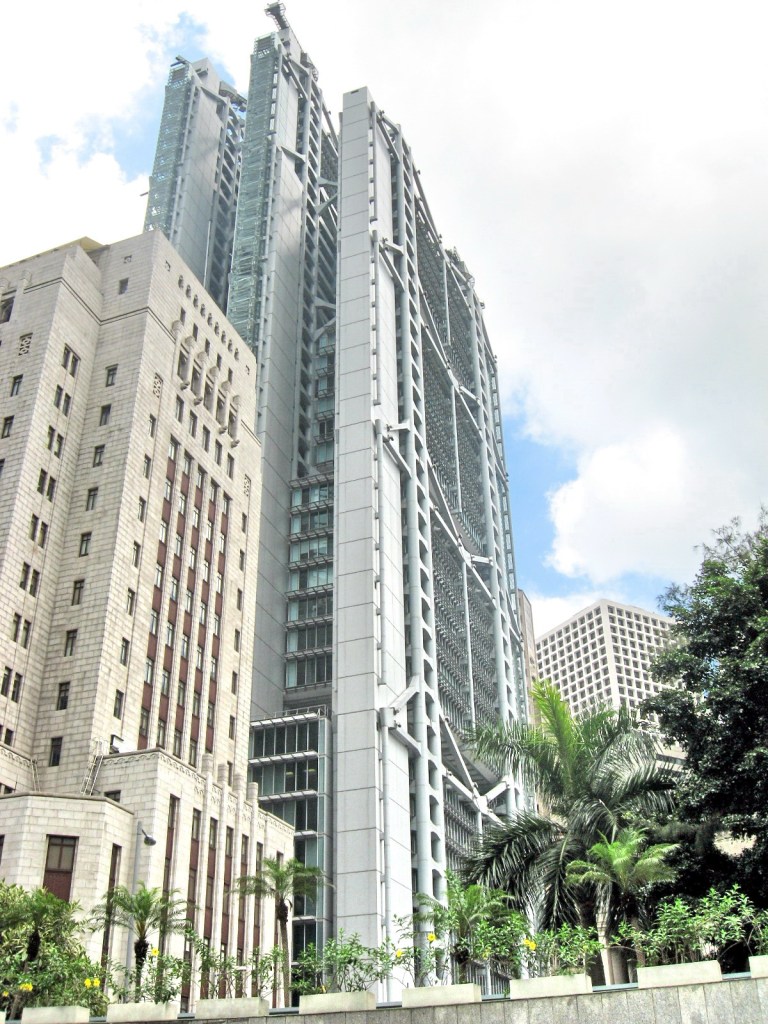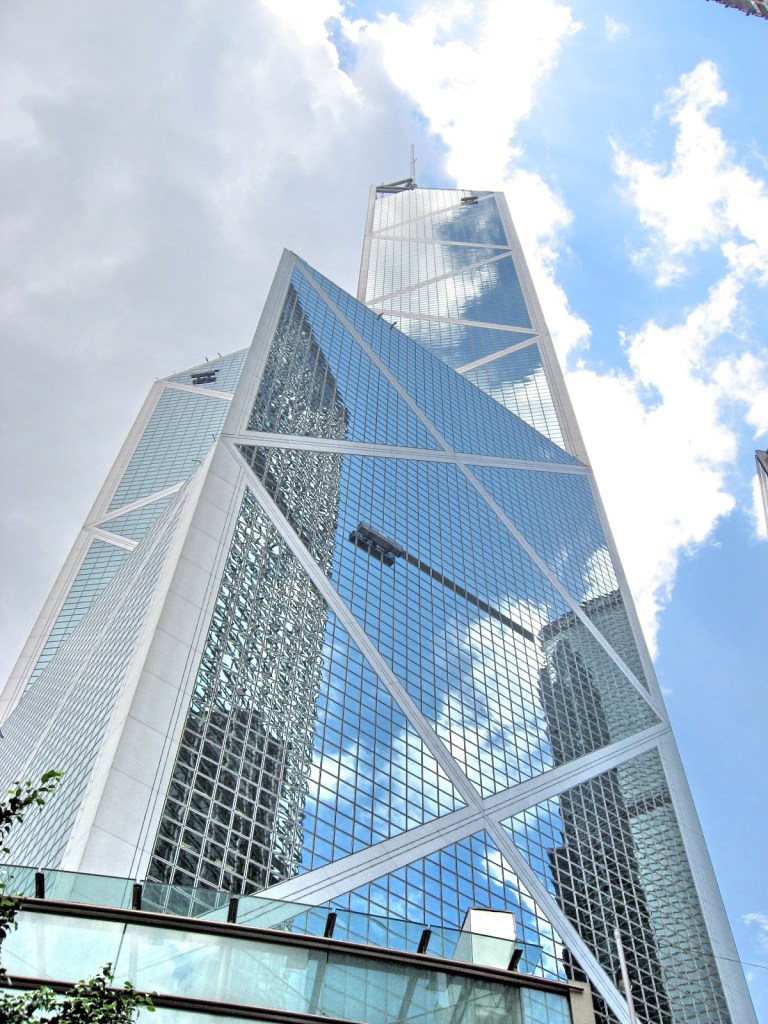From the Peak Tram, we all met up at the Ocean Park main entrance where we rode cable cars in 3 groups, ascending to the headland section (1,400 ft. above sea level), during which we had an unparalleled and spectacular view of Hong Kong Island, the sublime South China Sea beyond and the expanse of the park including Atoll Reef, Shark Aquarium, Ocean Theater, the 72-m. (236-ft.) high Ocean Park Tower (with its cabin which slowly revolves from ground to top) and its rides.
This marine park’s main draw is its marine attractions at Marine Land. Mark, Nenette and their kids Gelo and Matthew watched the thrilling theatrics of adorable Pacific bottlenose dolphins and Californian sea lions (the official mascot of Ocean Park is “Whiskers,” a waving sea lion) in a huge pond at the open-air Ocean Theater.
On the other hand, we visited the Shark Aquarium where 70 sharks from 35 species are displayed. At its underwater viewing tunnel (Asia’s first), we observed Black Tip Reef Sharks, Pygmy Swell Shark, Hammerhead Sharks and other kinds of sharks, looking at them eye to eye as they safely passed overhead. Too bad we missed seeing divers feeding or playing with sharks.
We next visited the expansive Atoll Reef where 2,000 fish in 250 species are displayed in a huge, coral-themed aquarium. Shaped like a 3 or 4-storey, elliptical fishbowl, here we viewed a variety of fish through 6-cm. (2.4-inch) thick glass windows. Atoll Reef is divided into the shadow and the deep levels, each exhibiting its characteristic aquatic life.
The collection includes sharks, tropical fish, nautilus, tiny Pomacentridae fish, a gigantic Zebra Shark, morays, groupers, turtles and over 400 kinds of maritime animals from the Pacific Islands or the South China Sea, plus some corals and cays.
Another sensory wonder was the Sea Jelly Aquarium, Southeast Asia’s first. Here, we were awed by over 1,000 sea jellies of all sizes, shapes and colors from all over the world.
The park’s other attractions are its numerous exciting rides. Too bad the Dragon, a steel roller coaster (the longest one in Hong Kong) with 842 m. of track, was closed for servicing. I, however, tried it (alone) on my second visit. My 2.5-min. ride, travelling at a maximum speed of 77 kms. (almost 48 miles) per hour, consisted of heart-stopping twists, turns and 360-degree loops with a brief but thrilling stint of being suspended upside down.
However, Cheska and I tried out the swinging Crazy Galleon, the Eagle and the thrilling Abyss Turbo Drop. At the latter, we were slowly raised, on a platform, vertically up a 185-ft. tower (where we had an overall view of the ocean and park). The platform then stops briefly at the top before it drops abruptly straight down in free fall in 5 sec., surprising even us who were prepared.
Jandy joined us in the Ferris Wheel and Flying Swing were we were swung in chairs as high as 7 m. (23 ft.) through a gyrating wave. We missed out on the Zamperla Mine Train (a roller coaster), the Space Wheel and the Raging River, all at Adventureland. Upon closing time, we all left the park the same way we came in – by cable car.
Ocean Park: Wong Chuk Hang, Hong Kong. Tel: 3923 2323. Open Mondays-Fridays, 9 AM–5 PM.

